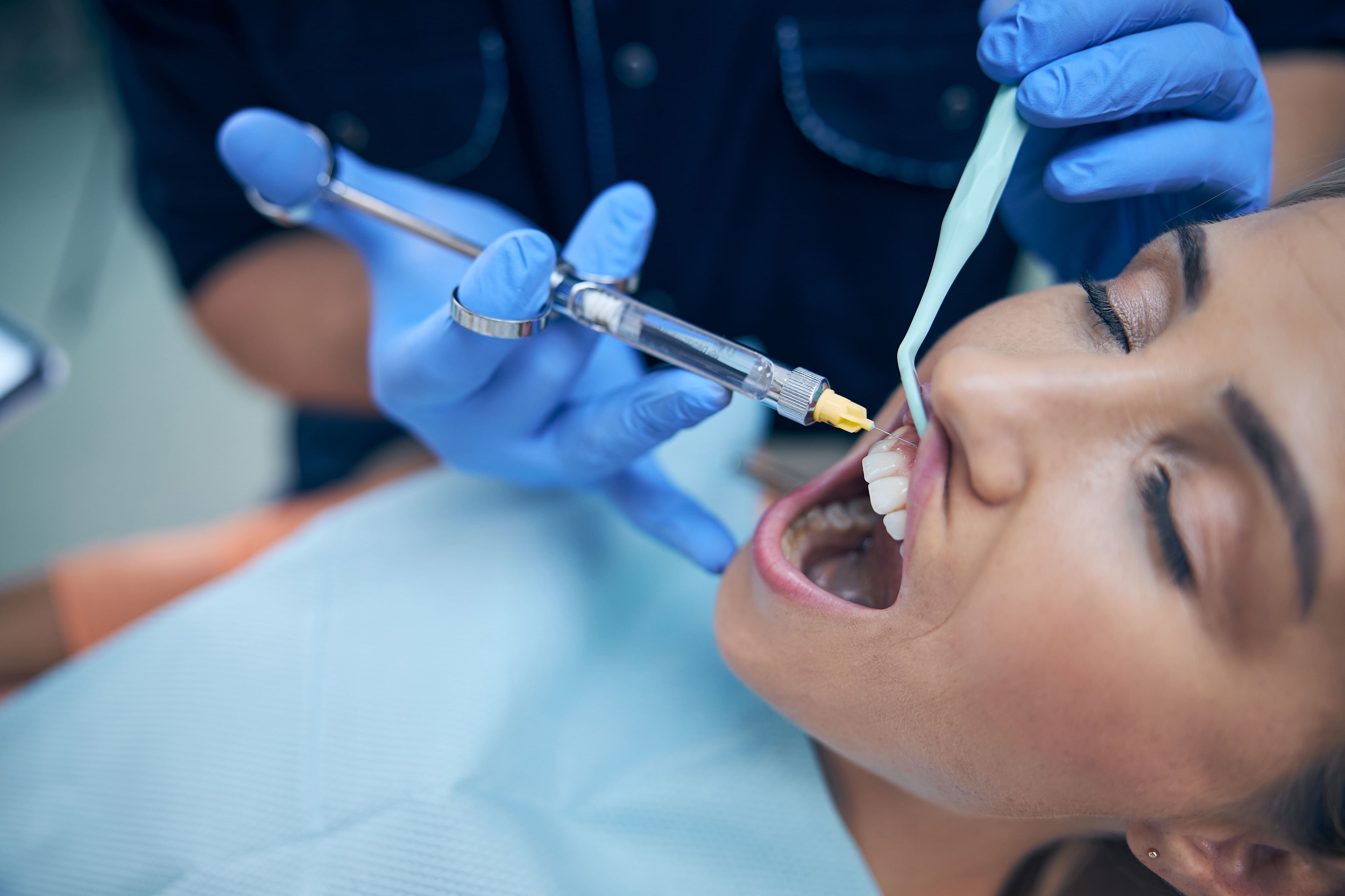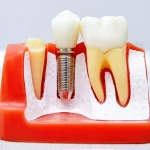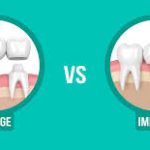Local anesthetics come in two varieties: topical and injectable. Topical anesthetics are used to numb just the top surface of the gum or oral lining surfaces of the mouth, and are usually applied with a Q-tip®, cotton swab, adhesive patch or even a spray. Topical anesthetics are frequently used for surface comfort during superficial teeth cleaning. A more common reason for their use is to prevent the minor prick of a needle when receiving the injectable form of local anesthesia. Injectable anesthetics work by temporarily blocking sensation to prevent pain from teeth, gums and bone. They accomplish this by briefly blocking the conduction of electrical impulses along the nerves that supply the teeth or gums with feeling so that you can be treated comfortably and pain-free.Local anesthesia is one of the most effective tools in dentistry and medicine and has literally revolutionized pain control. Teeth and gum tissues are rich in nerves, a good thing for life and living. However, when dental treatment is needed, such as decay removal to place a filling or deep root cleaning, the ability to temporarily alter sensation is often a necessity. This is particularly true for tooth extraction or gum surgery. The ability to control pain and sensation provides you with the comfort you need to have dental procedures carried out in a pain-free and – just as important – anxiety-free way. However, the best news is that, today, local anesthesia should be deliverable in an almost, if not totally, pain-free injection.
However, not all treatments require anesthesia. Because enamel does not contain nerves, procedures that require enamel removal (generally by drilling) typically do not require local anesthesia, especially if the underlying (and sensitive) dentin is not exposed. For example, placing sealants on teeth to prevent tooth decay requires some minor enamel reshaping and preparatory work. Because these treatments do not contact the sensitive dentin beneath the enamel, they do not require anesthesia.For many dental procedures, local anesthesia is a necessity for both the patient and the dentist. But why the dentist? The reason is because it allows your dentist (and/or hygienist) to work with ease, knowing that you will be comfortable throughout the procedure. It also enables your dental professionals to relax, concentrate and thus do the best job possible. Without local anesthesia, some procedures can be quite stressful for all involved. Just remember, local anesthesia is incredibly safe, effective and has totally revolutionized dental care.
In summary, we would generally have to say that, in most (but not all) cases, anesthesia is necessary for facilitating optimal dental treatment in a pain-free and anxiety-free atmosphere for both you and the dental professionals providing your treatment. If you are concerned about local anesthesia and whether or not it is necessary for the specific treatment you need, we suggest that you discuss your concerns with your dentist or dental hygienist.



